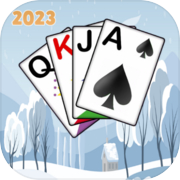February of Cards
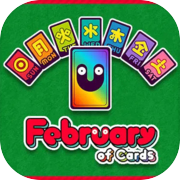
■ What kind of game is it?
Each of the 28 squares, the same as the calendar from Sunday to Saturday, has a card placed face down. It is a competitive game in which all placed cards are replaced with face-up cards.
When you take a card that is placed face down, a coin appears. There are 20 coins worth 10 points, 4 coins worth 50 points, and 4 coins worth 100 points placed on each square.
If the day of the week of your hand-held card and the day of the week of the empty square (where the coin is placed) are the same, your hand-held card will be automatically placed in that position. When you place a card, you get the coin that was placed there.
If you don’t have any cards in your hand, you can continue to take face-down cards. If there is a square where you can continue to place cards from there, the cards will be automatically placed and a “combo” will occur by continuously acquiring coins.
In the end, you compete based on the number of coins you have taken, but after all cards have been placed, you will receive bonus coins based on the number of “combos” you have achieved. The winner is determined by adding up these totals.
February, which is also the title of this game, has one extra day every four years in a leap year. In this game too, once every four games, one “leap card” is added. If you take this card, it will be immediately placed in its designated location and you can get 100 points.
Both players and opponents choose from 26 alphabets. As you progress through the game and accumulate points for what you have won, try to see how far you can go. In “single-player” mode where you play alone, there are some small developments as you approach the end."
I hope that helps!
Each of the 28 squares, the same as the calendar from Sunday to Saturday, has a card placed face down. It is a competitive game in which all placed cards are replaced with face-up cards.
When you take a card that is placed face down, a coin appears. There are 20 coins worth 10 points, 4 coins worth 50 points, and 4 coins worth 100 points placed on each square.
If the day of the week of your hand-held card and the day of the week of the empty square (where the coin is placed) are the same, your hand-held card will be automatically placed in that position. When you place a card, you get the coin that was placed there.
If you don’t have any cards in your hand, you can continue to take face-down cards. If there is a square where you can continue to place cards from there, the cards will be automatically placed and a “combo” will occur by continuously acquiring coins.
In the end, you compete based on the number of coins you have taken, but after all cards have been placed, you will receive bonus coins based on the number of “combos” you have achieved. The winner is determined by adding up these totals.
February, which is also the title of this game, has one extra day every four years in a leap year. In this game too, once every four games, one “leap card” is added. If you take this card, it will be immediately placed in its designated location and you can get 100 points.
Both players and opponents choose from 26 alphabets. As you progress through the game and accumulate points for what you have won, try to see how far you can go. In “single-player” mode where you play alone, there are some small developments as you approach the end."
I hope that helps!
Available on devices:
- Windows

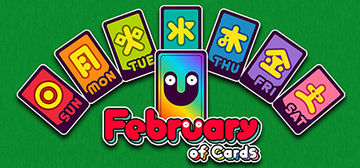





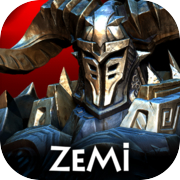

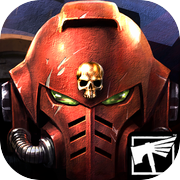





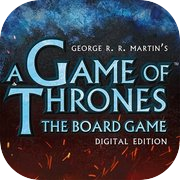












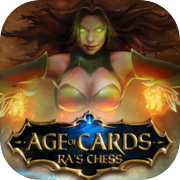







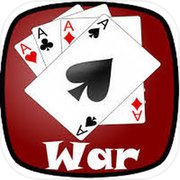
![[Premium] Knights of Grayfang](https://images.mvpgame-win.com/images/vyatqf4as34.png)


![[FUN Game]Heroes Of Mavia Arts](https://images.mvpgame-win.com/images/1hoytjwlhjn.png)









